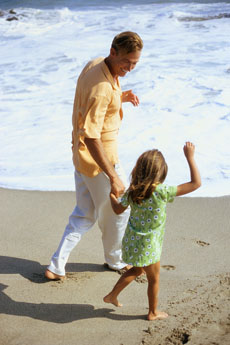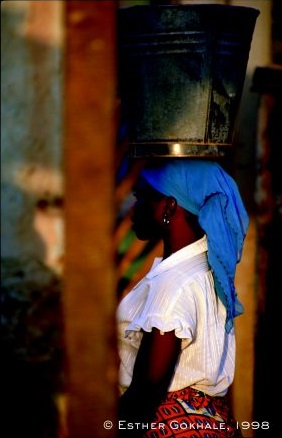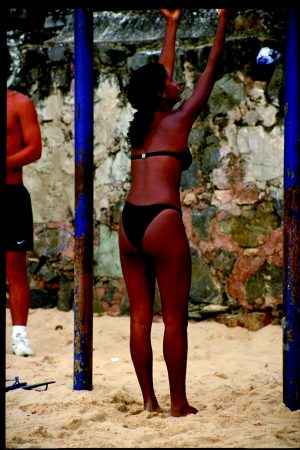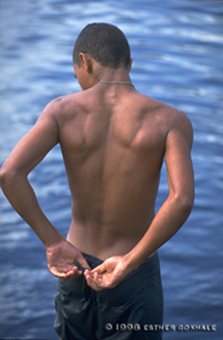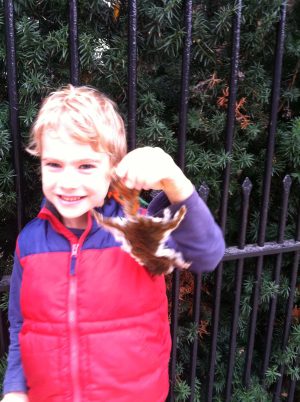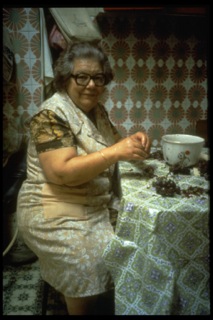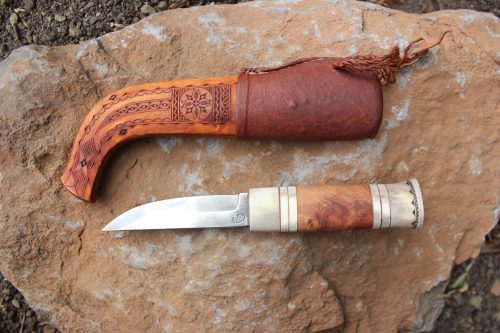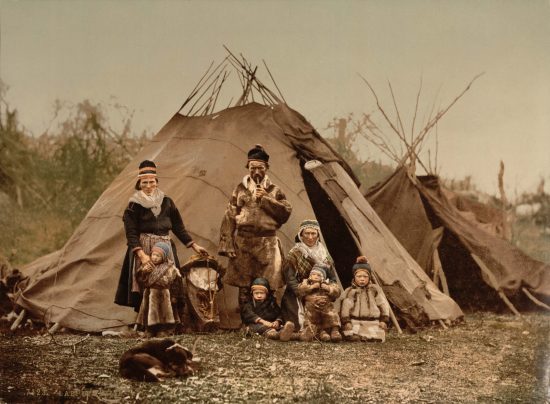Spring is in the air! As the temperature rises, we go for lighter footwear, exchanging our shoes for sandals, or going barefoot. It may have been a while since our feet had so much exposure - what can we do to benefit our feet and put a little spring into them?
Get Updates on the Latest Blog Posts
When the weather is cold, we bundle up in gloves, scarves, hats, and sweaters. But these aren't the only extra burdens we carry. From Kleenex and chapstick in our purses, to holiday shopping bags
Lengthening the spine is an important component of the Gokhale Method and the best way to begin a posture transformation. Creating space between the vertebrae decompresses the discs and promotes healthy nerve function. Allowing your spine to be in gentle traction often throughout the day is an excellent way of creating a healthy baseline. We can do this by sitting, standing and sleeping with good posture. In addition to these Gokhale Method basics, sometimes your back muscles crave an even deeper stretch. Below I’ve outlined three additional ways you can stretch your spine that are safe and therapeutic.
Over the years, GMF course alumni have often reported that they lost weight. Occurring too frequently to be coincidence, these testimonials have spurred me to thinking about the weight loss – posture connection. Here are some possible mechanisms:
1. After restoring their primal posture, students are out of pain, feel better, and indulge in the natural human impulse to move and go back to an active life.
On our website, the top searches include, "glutes," "walking," and "butt." So I thought I'd take this chance to say a few words on the subject.
"Callipygian" is an English word of Greek origin. It means “of, pertaining to, or having beautiful buttocks”. The word, (pronounced kal-uh-PIDGE-ee-uhn), is derived from the Greek word “kalli” meaning beautiful, and “pyge” from the Greek word for rump or buttock.
This past summer I had the wonderful opportunity to visit the Teaching Drum Wilderness School in the north woods of Wisconsin to teach a Gokhale Method Foundations Course. Teaching Drum has year-long immersion programs, designed to foster awareness in self and community, as well as teach wilderness skills such as hidetanning, basketry, primitive cooking, and lodge construction.
Eating is an essential part of life and can also be a delicious, healthy, and pleasurable experience. But for many people, sitting down for a long, leisurely meal causes tension and pain. Have you
I came home from my visit with the Sami with a treasured possession, my new Sami knife and sheath. I had commissioned my student and friend, Fredrik Prost, a Sami handicraftsman, to make a knife for me and he had it ready for me on my arrival in Sweden.
Fredrik encouraged me to put it into use right away when we cut birch branches to make our “mattresses" in the lavoo (traditional tepee). I would have balked at using a thing so fine and beautiful for an activity so rough and pedestrian, but he insisted - the knife was made to be a working knife. Since my return to California, the knife has harvested okra and zucchini from my garden, trimmed apples from our tree, and cut thin slices of the dried reindeer meat Fredrik sent me home with.
This month I traveled to Northern Sweden and joined my friend Fredrik Prost's community for the annual marking of their reindeer calves. It was an amazing experience I will never forget.
Though the Sami have given up many of their traditional ways, many persist and in the coming months, I will share aspects I found inspiring or educational.
Traditional Sami housing is a tepee or lavoo, with long birch poles forming the main structure (these used to be transported from place to place by domesticated reindeer), and stitched reindeer skin providing the cover. The top of the lavoo is open to let smoke from a fire escape.

